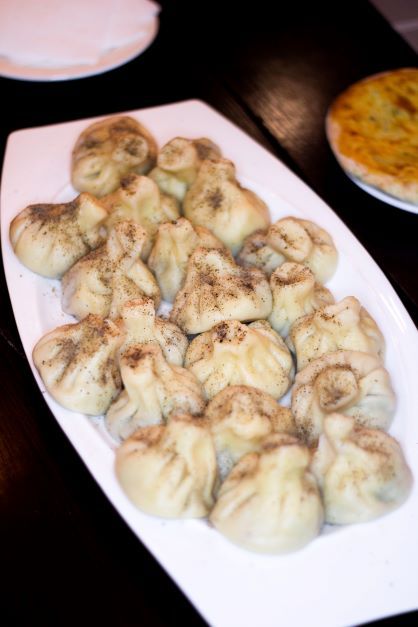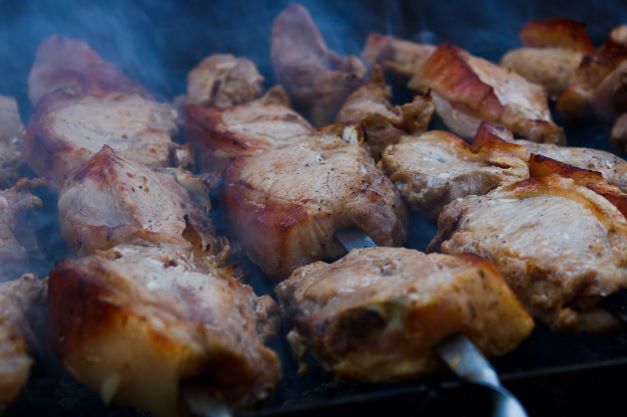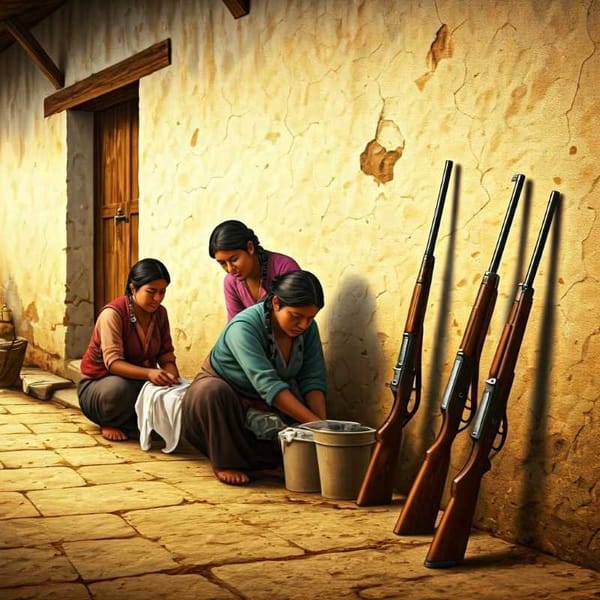Georgian recipes: khachapuri, khinkali, and shashlik
The spices of Georgia—khmeli suneli, ucho suneli, thyme, coriander, and Svaneti salt—are largely responsible for the country's unique flavor. Once the purview of exotic travels, these flavors are now easily accessible at stores.

Much of Georgia's distinctive flavour lies in the spices - khmeli suneli, ucho suneli, thyme, coriander, and Svaneti salt. Where once these flavors were something distant, now you can buy everything you need to cook Georgian food in the supermarket.
Khachapuri
Khachapuri is a strange cheese pie that is made with yeast dough. There are several kinds of khachapuri: imeruli, megruli, and ajaruli. To make imeruli, 175 grams of flour, 115 grams of water, salt, sugar, and yeast are mixed. Mix everything and let it sit for an hour to an hour and a half. Keep an eye on the dough when it's done, roll it out into a big plate, and put the cheese on it.
Imeruli is usually made with sulguni cheese, but brynza or other soft cheeses like mozzarella can also be used. The dough is wrapped around the cheese, rolled out again, turned upside down, cut with a cross, and then baked. In the megruli version, the khachapuri is also covered in cheese before it is baked, and in the imeruli version, cheese is used to fill the khachapuri before it is baked.
To make the ajaruli khachapuri, mix 250 grams of flour, salt, sugar, yeast, 20 milliliters of oil, 50 grams of butter, one egg, and 100 milliliters of Georgian fresh yogurt (Greek yogurt will also do). Mix all the ingredients and leave the dough to rise. Then roll it out, put the sulguni cheese on the edges of the dough, and roll up the edges to form a kind of boat.
Put cheese in the boat and bake it. When the cheese has melted and the edges of the khachapuri have cooked, it is taken out of the oven, the egg yolk is put in the middle, and it is put back in the oven for another minute or so. Then, eat the hot khachapuri by breaking off the crust and dipping it in the cheese and egg yolk.

Khinkali
Khinkali are rolls made of dough that are typical of Georgian food. They are different from the dumplings we are used to because they are filled with broth. Khinkali dough is made of 600 grams of flour, 400 milliliters of water, and a small amount of salt. Mixing the ingredients, kneading them, wrapping them in cling film, and setting them aside for at least half an hour is a process. While you wait, make the filling.
One way to make the stuffing is to mix 70% beef and 30% pork with coriander (kinza in Georgian), chili flakes, khmeli suneli spices, finely chopped onion, pepper, and Svaneti salt. The most important thing is to add enough water so that when you press a tablespoon into the meat mixture, it fills up with water.
The dough is rolled out until it is half a centimeter thick, and then a standard glass is used to cut out circles. Roll out the dough circles a little more, put the filling in the middle, and seal the edges. The khinkali needs to be cooked right away in slightly salted water for about 7 minutes. When they're done, put black pepper or coriander on top before serving.

Shashlik
The most important thing about shashlik that you can learn from Georgians is that good meat doesn't need a marinade. The loin is the best cut of pork because it has skin, fat, and lean meat. To make shashlik, you cut the meat into small pieces, put them on skewers, and roast them over coals until they are golden brown and almost done. Then, it is put in a bowl with sliced onions, shaken well, and left to get a little riper. Add a little salt to the shashlik right before you serve it.




